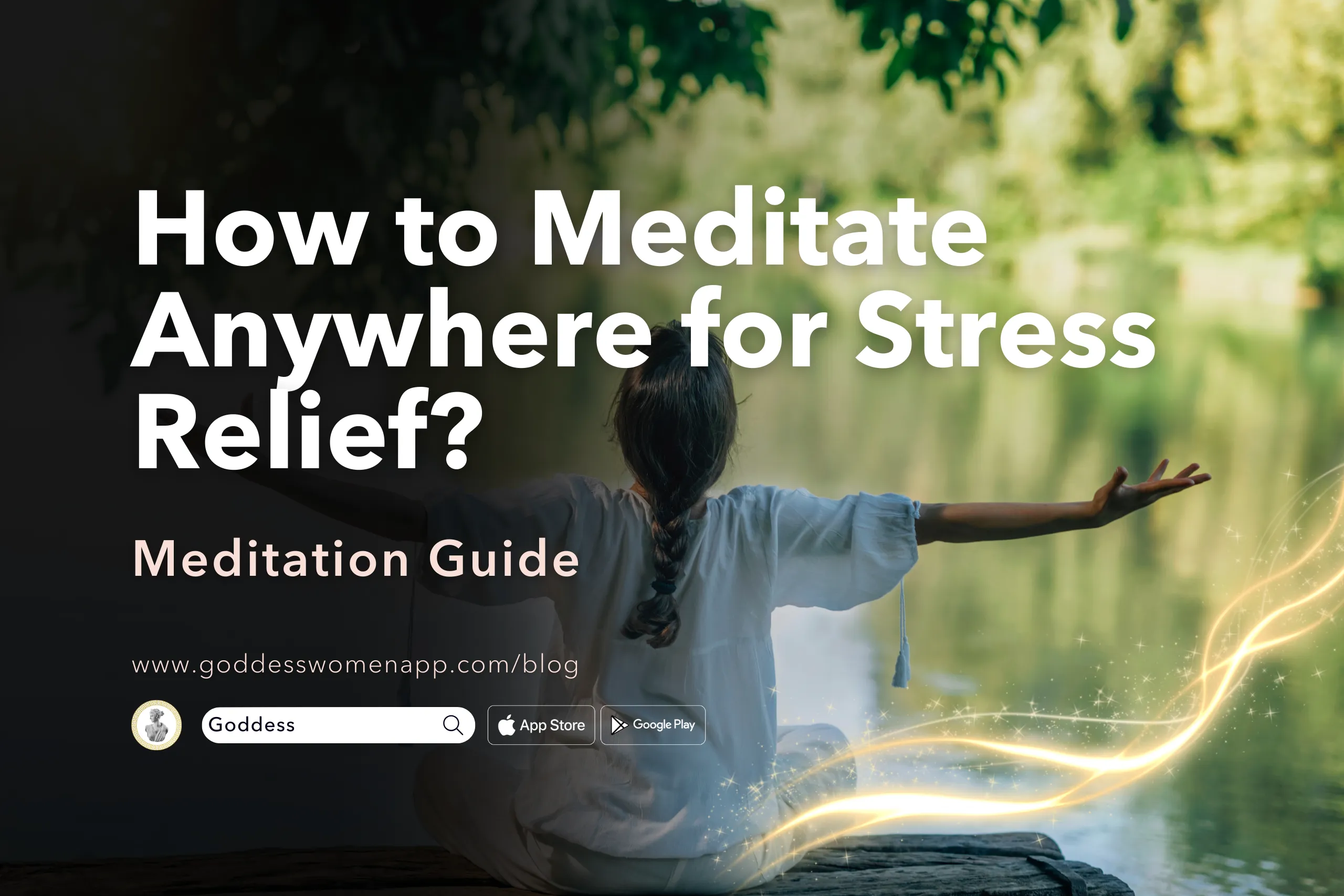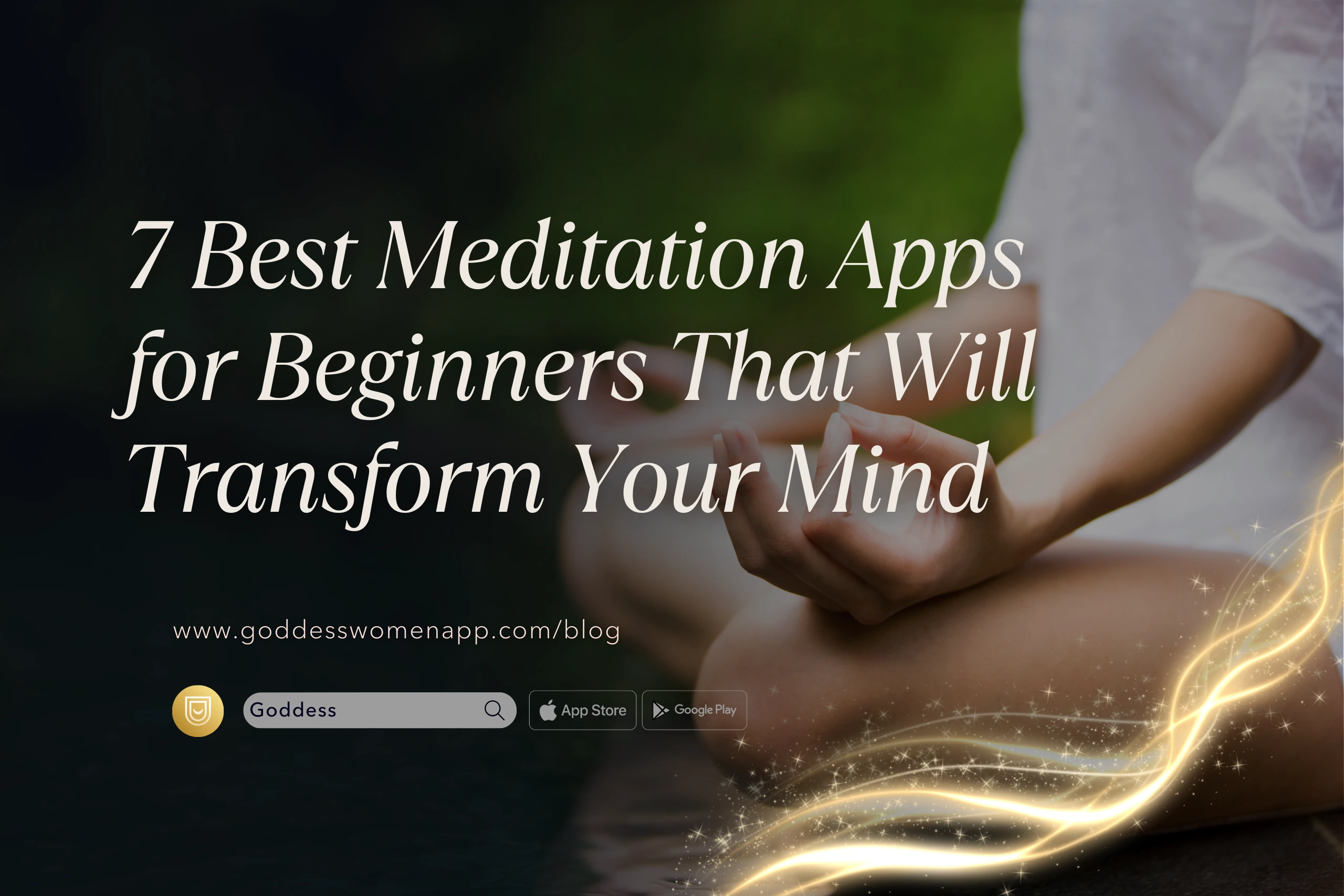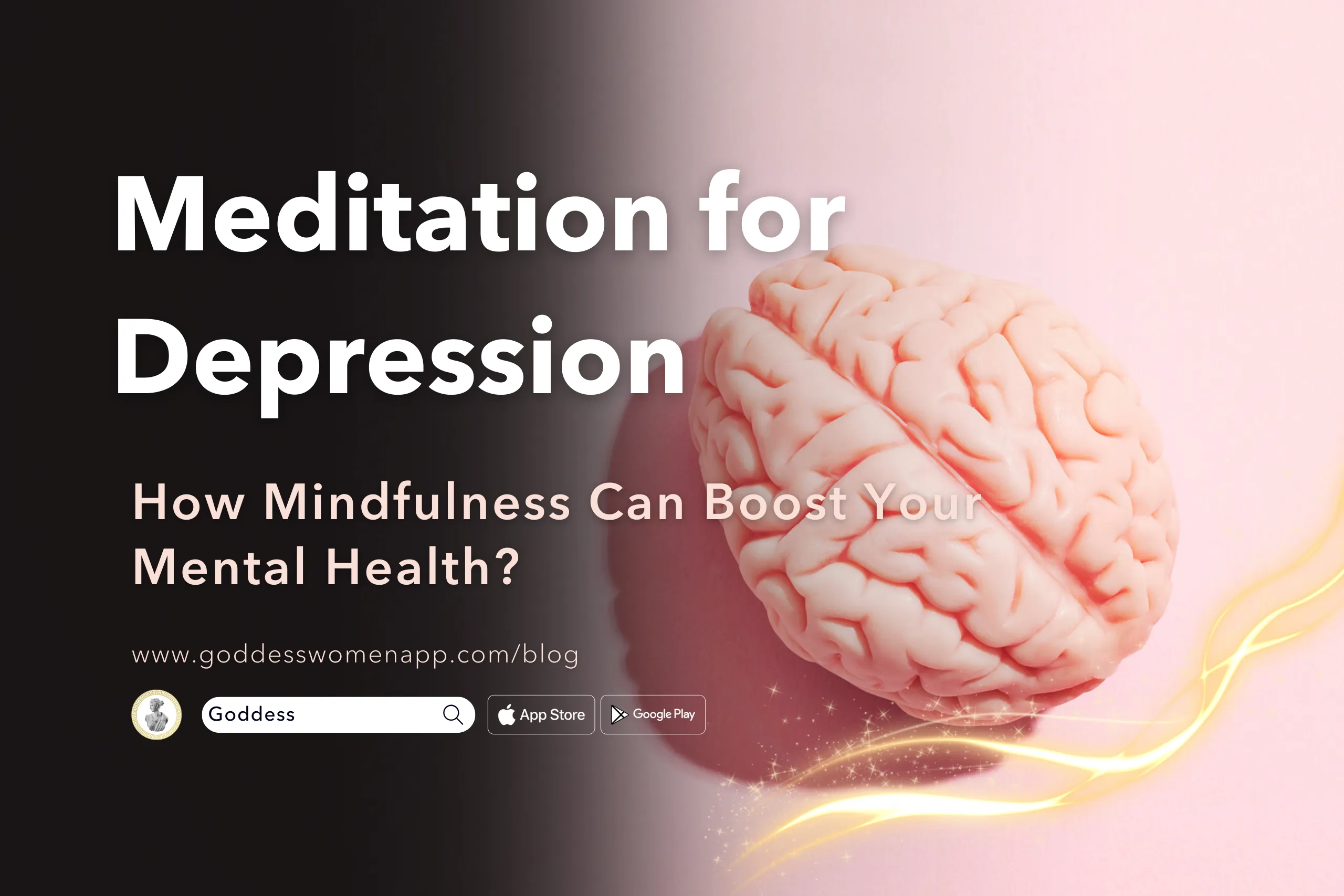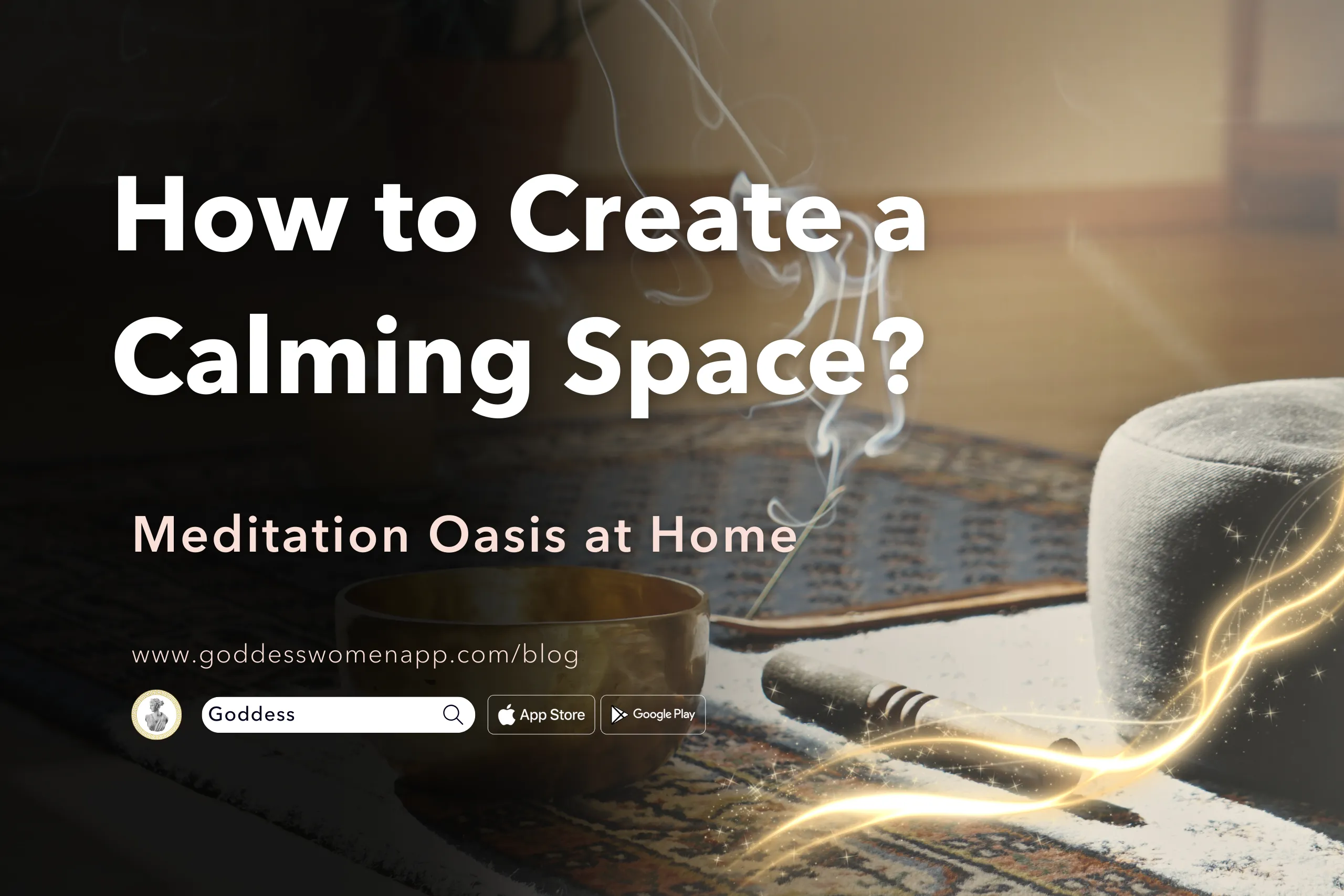Stress is an unavoidable part of life in today’s fast-paced world. Whether it’s work deadlines, family obligations, or endless to-do lists, many of us are left feeling overwhelmed and anxious. But what if you could bring a sense of calm and clarity into your life, no matter where you are? With this meditation guide, you’ll learn how to meditate anywhere—whether you’re on the bus, at your desk, or in the middle of a busy day—for instant stress relief.
Meditation doesn’t have to be complicated or time-consuming. You can fit moments of mindfulness into even the busiest schedule. Let’s explore simple meditation techniques that can be done anywhere, helping you manage stress, stay grounded, and restore your inner peace.
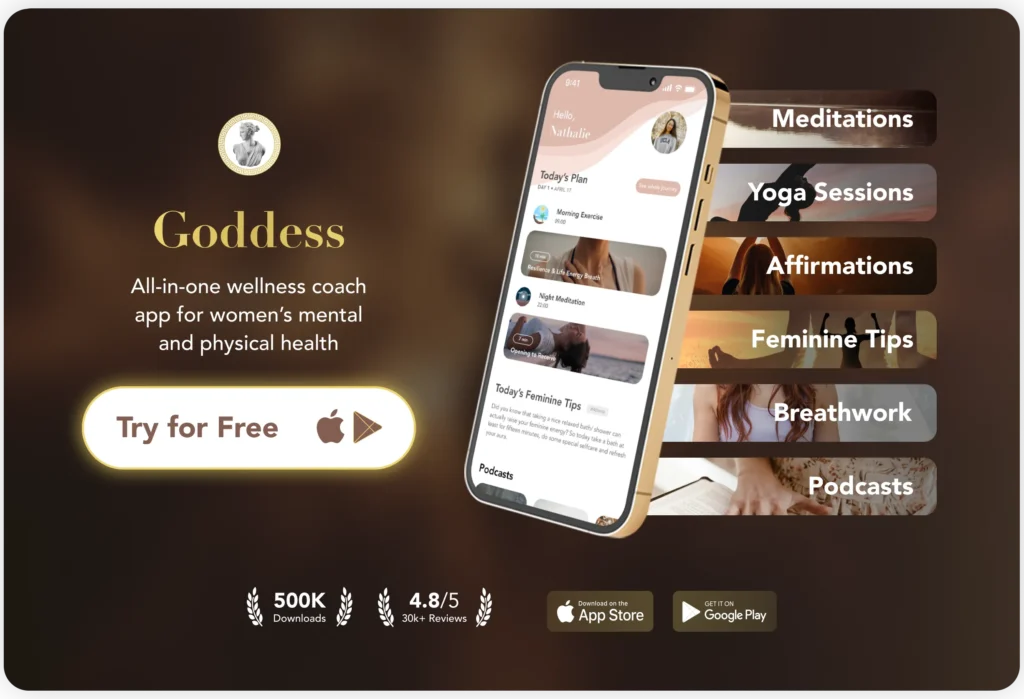
Why Meditation for Stress Relief?
Before diving into how to meditate anywhere, let’s discuss why meditation is such a powerful tool for stress relief.
1. Reduces Cortisol Levels
Meditation has been shown to lower cortisol, the stress hormone that floods your body when you’re under pressure. By calming the mind, you help your body enter a relaxed state, reducing the effects of stress on your health.
2. Increases Focus and Clarity
When stress mounts, it becomes harder to concentrate. Meditation clears mental clutter, sharpens focus, and helps you handle tasks more efficiently.
3. Promotes Emotional Balance
When practiced regularly, meditation can help you better manage your emotions, reducing anxiety, worry, and frustration. Over time, it builds emotional resilience, making it easier to handle life’s ups and downs.

How to Meditate Anywhere: 5 Easy Techniques
You don’t need a quiet room or a yoga mat to meditate. Here’s how you can practice mindfulness and meditation in almost any environment.
Goddess has specially curated meditation practice for niche categories and easily adaptable into daily life. Feel free to try 7-day free trial to explore all these categories and so much more! Your personalized wellbeing assistant is ready to your service.
1. Breathing Meditation on the Go
One of the simplest forms of meditation is breathing meditation, and it can be done anywhere—standing in line, sitting in a car, or walking in a park.
How to Practice:
- Find a comfortable posture—you don’t need to sit cross-legged; simply sit or stand with your back straight.
- Take a deep breath in through your nose, and slowly exhale through your mouth.
- Focus all your attention on your breath. Feel the sensation of air entering and leaving your body.
- If your mind wanders, gently guide it back to your breath. Continue this for 1-5 minutes.
Breathing meditation is perfect for calming your nerves before a meeting or when you feel stress rising in the middle of a busy day.

2. Body Scan Meditation at Your Desk
Feeling tense at work? A body scan meditation is a fantastic way to release stress and tension from the body—no matter where you are.
How to Practice:
- Sit comfortably at your desk or in a chair with your feet flat on the ground.
- Close your eyes if possible and take a few deep breaths.
- Starting from your toes, mentally scan your body, noticing any areas of tension.
- As you move up through your legs, hips, back, shoulders, and head, try to relax each part of your body as you exhale.
- Take your time, spending 5-10 seconds on each body part.
Even just a 5-minute body scan can help you feel refreshed and ready to tackle your next task.
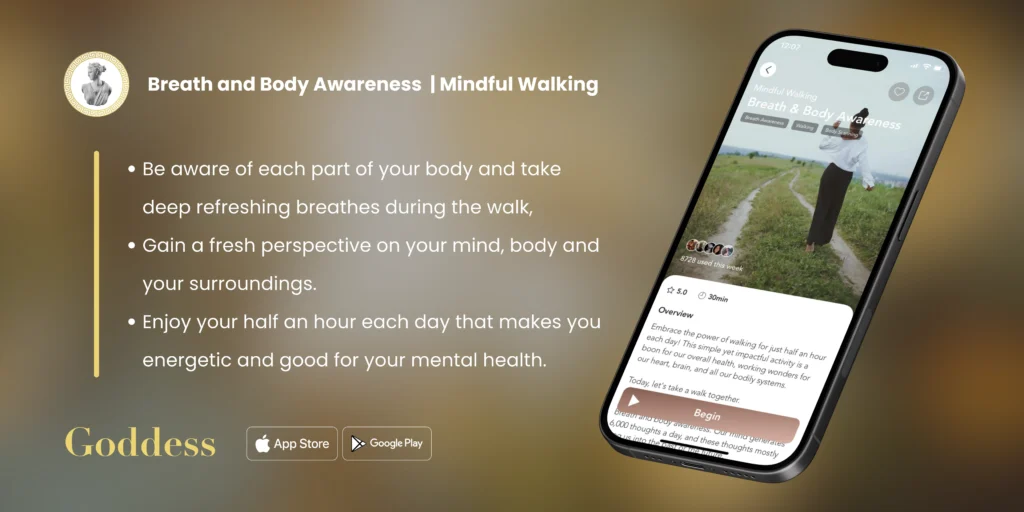
3. Mindful Walking Meditation
When you’re walking to work, taking a break, or heading to the grocery store, you can practice a walking meditation to stay grounded and present.
How to Practice:
- As you walk, focus on each step. Pay attention to how your feet feel as they touch the ground.
- Notice the rhythm of your movements—how your body shifts as you move forward.
- If your mind drifts to worries or tasks, gently bring your focus back to your walking.
- You can also tune into your surroundings: the sound of leaves rustling, the feeling of the breeze, or the temperature of the air.
Walking meditation is a great way to reduce stress while moving your body, combining both mindfulness and physical activity.
4. 5-Minute Visualization Meditation
If you’re feeling stressed and need a quick escape, a visualization meditation can help transport your mind to a calming, peaceful place—without leaving your desk or your current environment.
How to Practice:
- Find a quiet spot if possible and close your eyes.
- Take a few deep breaths to center yourself.
- Picture a calming scene in your mind. This could be a beach, a forest, or even a cozy room.
- Imagine every detail of this place—what you see, smell, hear, and feel. The more vivid, the better.
- Stay in this imagined space for a few minutes, breathing deeply and relaxing.
Visualization meditations can reduce anxiety and bring a sense of peace, even during a stressful day.
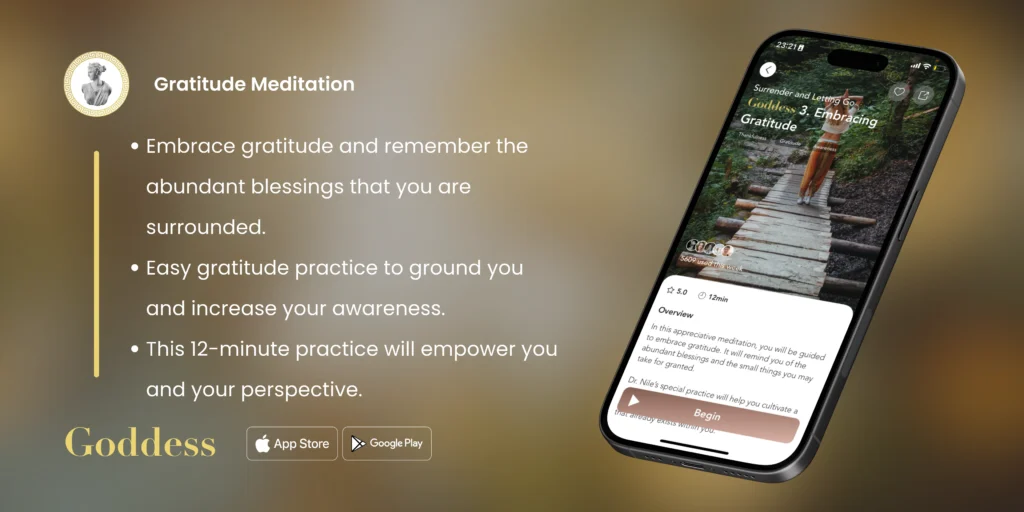
5. Gratitude Meditation Before Bed
One of the best ways to reduce stress before bed is by focusing on gratitude. This simple meditation can help shift your mindset from worry to appreciation, helping you relax and fall asleep peacefully.
How to Practice:
- As you lie in bed, close your eyes and take a few deep breaths.
- Think of three things that happened during the day that you’re grateful for. These can be small things—like a delicious meal or a kind word from a friend.
- As you reflect on each one, take a moment to feel the warmth and positivity of those moments.
- Let go of any stress or worries as you focus on gratitude.
By focusing on the positive, you release tension and end your day on a peaceful note.

How to Make Meditation a Daily Habit
Incorporating these quick and easy meditation techniques into your routine can transform your stress levels and overall well-being. Here are some tips to make meditation a consistent part of your life:
1. Start Small
Begin with just a few minutes a day. Whether it’s a quick breathing exercise or a walking meditation, starting small makes meditation less overwhelming.
2. Set Reminders
Set an alarm or reminder on your phone to practice meditation. Choose a time of day when you tend to feel the most stressed—like before work or after lunch.
3. Use a Meditation App
Consider using a meditation app like Goddess Women’s Wellbeing Companion App to guide your sessions. The app offers short, stress-relieving meditations you can do anywhere, helping you stay consistent with your practice.
4. Be Patient
It can take time to notice the full benefits of meditation, but with regular practice, you’ll begin to see improvements in your ability to handle stress and stay calm.
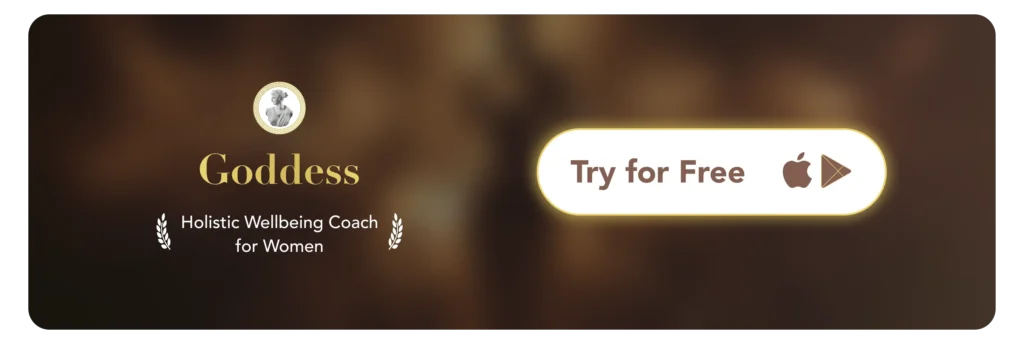
The Long-Term Benefits of Meditation for Stress Relief
Over time, incorporating even small moments of meditation into your daily life can have significant, lasting benefits. Regular meditation practice has been shown to:
- Lower blood pressure and reduce the risk of heart disease
- Improve emotional regulation and decrease anxiety
- Enhance focus and mental clarity
- Boost mood and overall sense of well-being
Whether you’re meditating for 5 minutes or 30 minutes a day, the consistency of your practice is what matters most.
Conclusion: Meditation Guide of Anywhere, Anytime for Stress Relief
With this meditation guide, you now have the tools to practice meditation anywhere—whether you’re at home, at work, or on the go. Even a few minutes of mindful breathing or visualization can drastically reduce stress and help you feel more centered in your day-to-day life.
Remember, you don’t need a quiet room or a lot of time to meditate. Simply take a few moments throughout your day to breathe, relax, and stay present. Over time, you’ll find that these small moments of mindfulness can lead to big improvements in your overall well-being.
So why not start today? Take a deep breath and allow meditation to help you manage stress, no matter where you are.
Read more:
